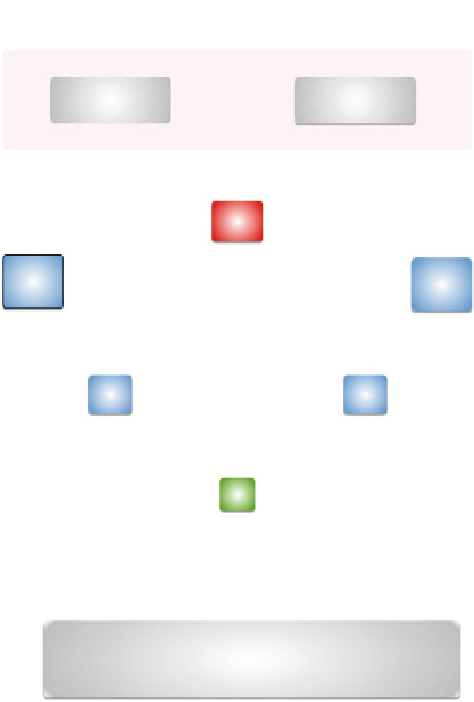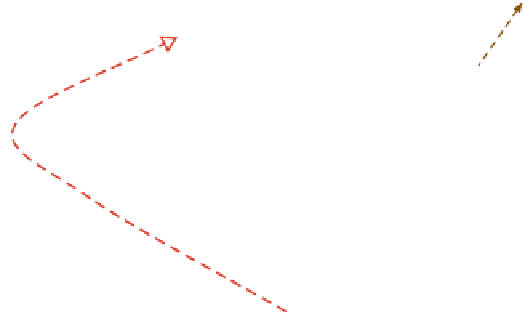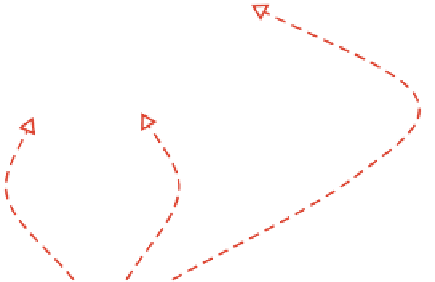Information Technology Reference
In-Depth Information
C 'is consistent with' R1
C 'entails' R2
ontological
constraints
consequence
requirements
C
I1
Input theory 1
I2
Input theory 2
Blendoid
I1*
I2*
Weakend input theory 2
Weakend input theory 2
Base Ontology
Rich Background Knowledge
Fig. 9.9
The core Schorlemmer model for computational blending enriched with evaluation and
background layers
ogy through ontology intersection [
45
] and blendoid evaluation using requirements
[
44
,
55
].
In particular, we have shown that the blending of ontologies can be declara-
tively encoded in a
DOL
theory representing the respective blending diagram—here,
employing the homogeneous fragment of
DOL
just using
ontologies. Blendoid
ontologies, as well as their components, i.e. input and base ontologies, can be stored,
formally related, and checked for consistencywithinConceptportal, a repository node
within Ontohub dedicated to blending experiments carried out in the European FP7
Project COINVENT [
64
]. Ontohub moreover gives access to thousands of ontologies
from a large number of different scientific and common sense domains, searchable
via rich metadata annotation, logics used, formality level, and other dimensions, to
provide not only a rich pool of ontologies for blending experiments, but also for the
evaluation of newly created concepts.
OWL













Search WWH ::

Custom Search